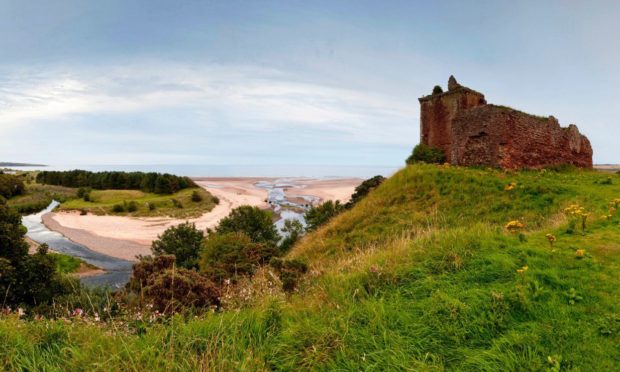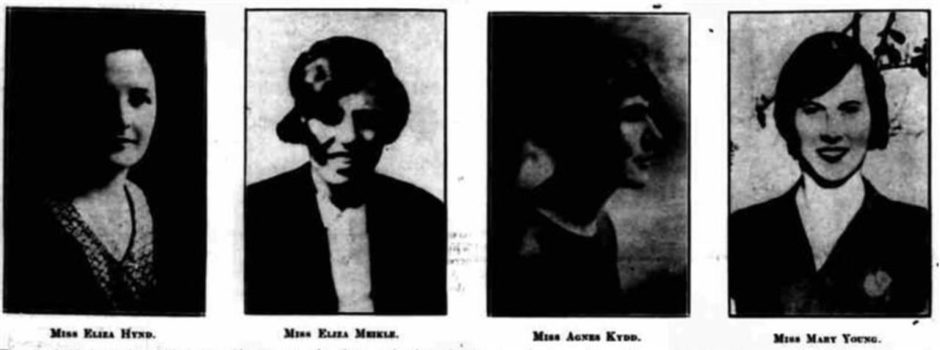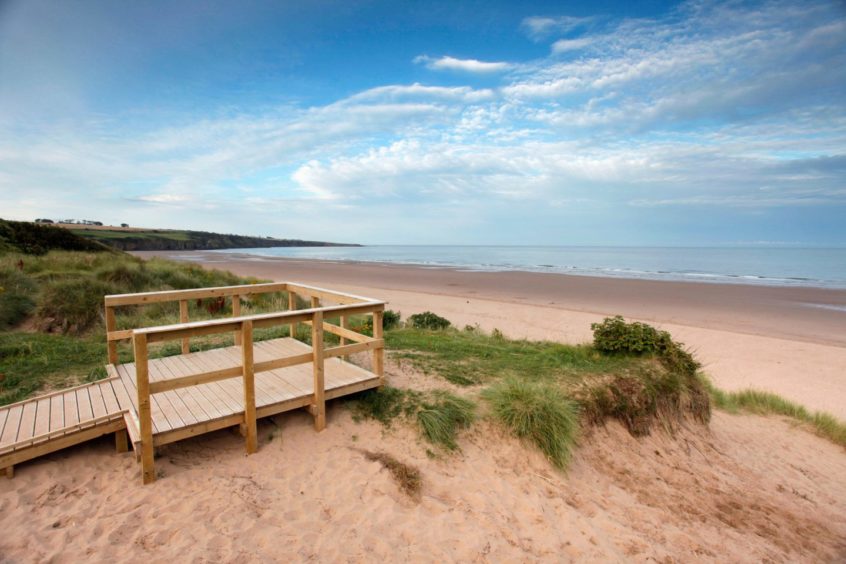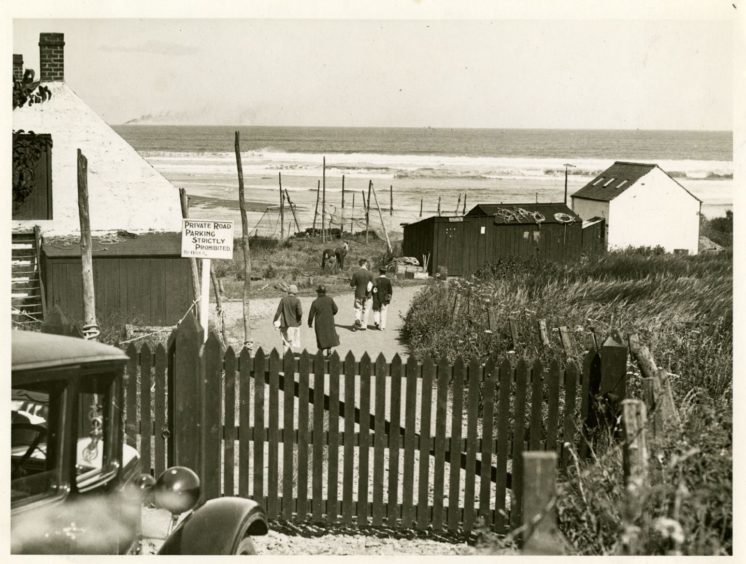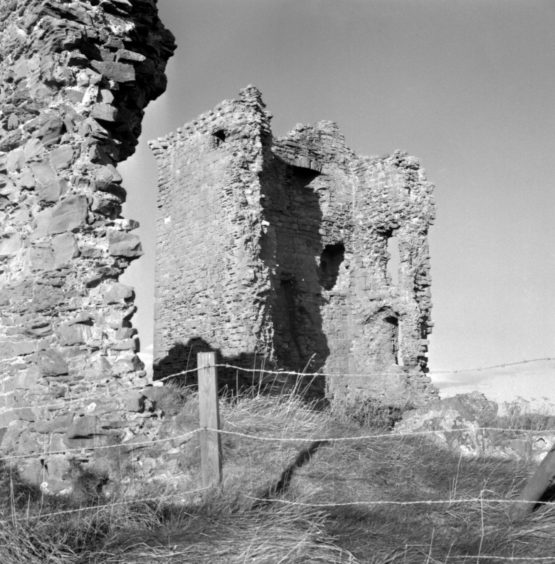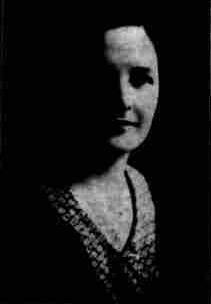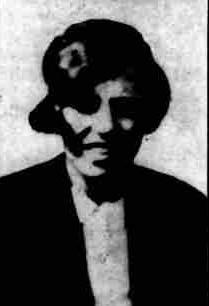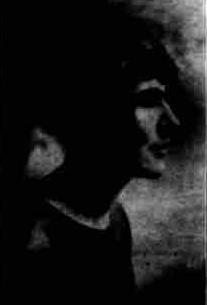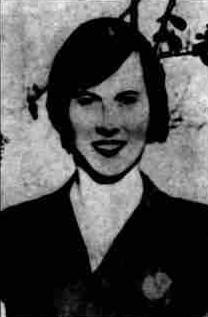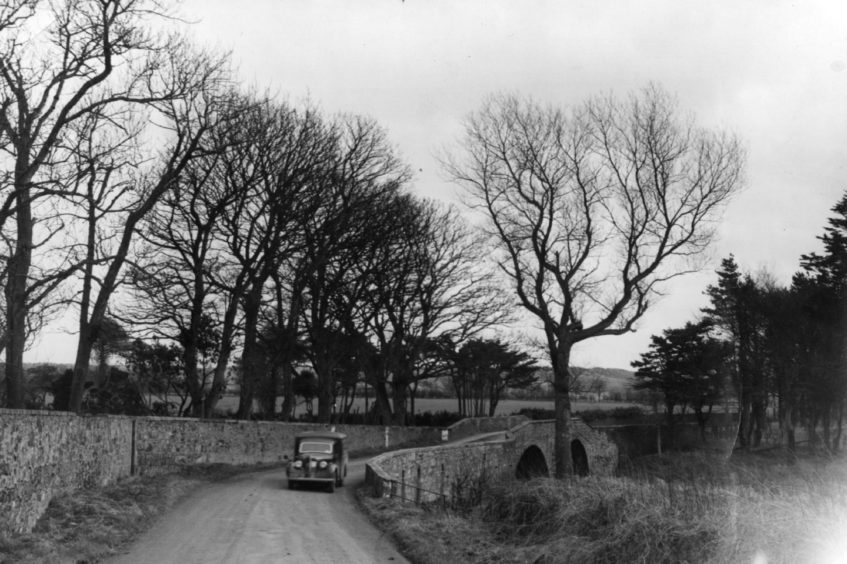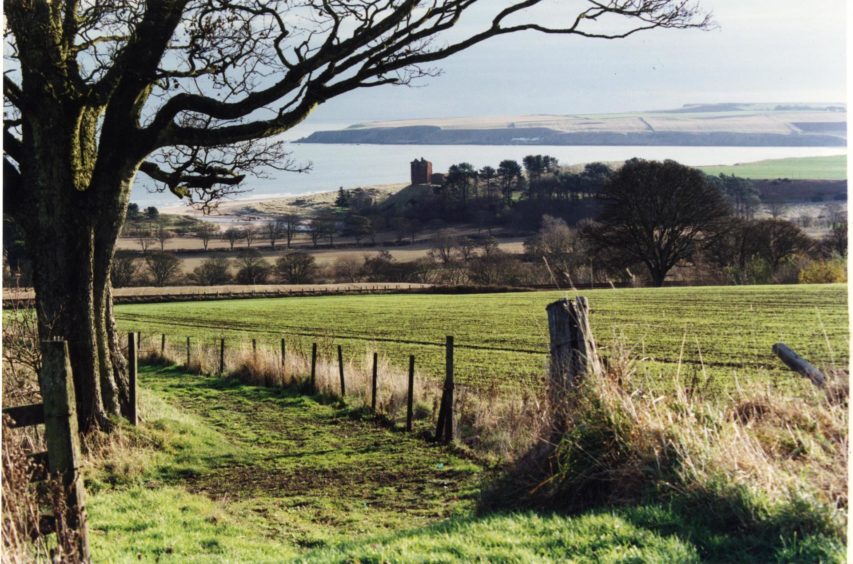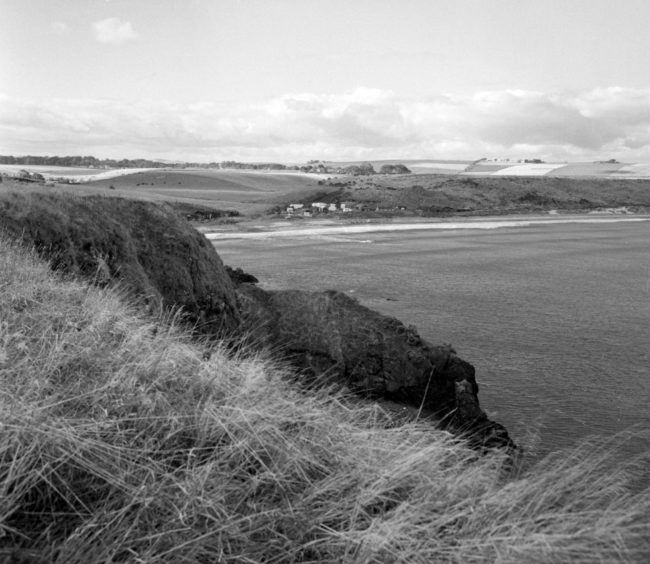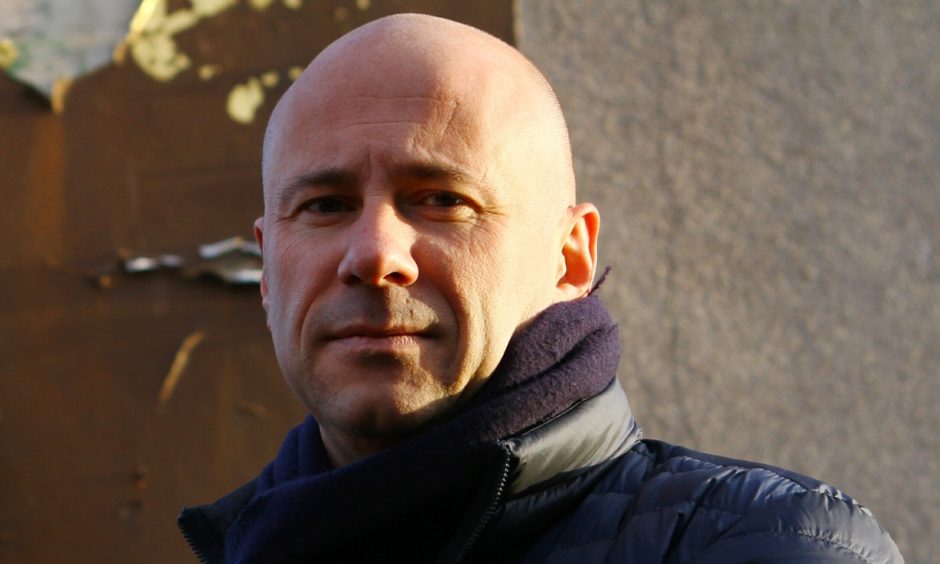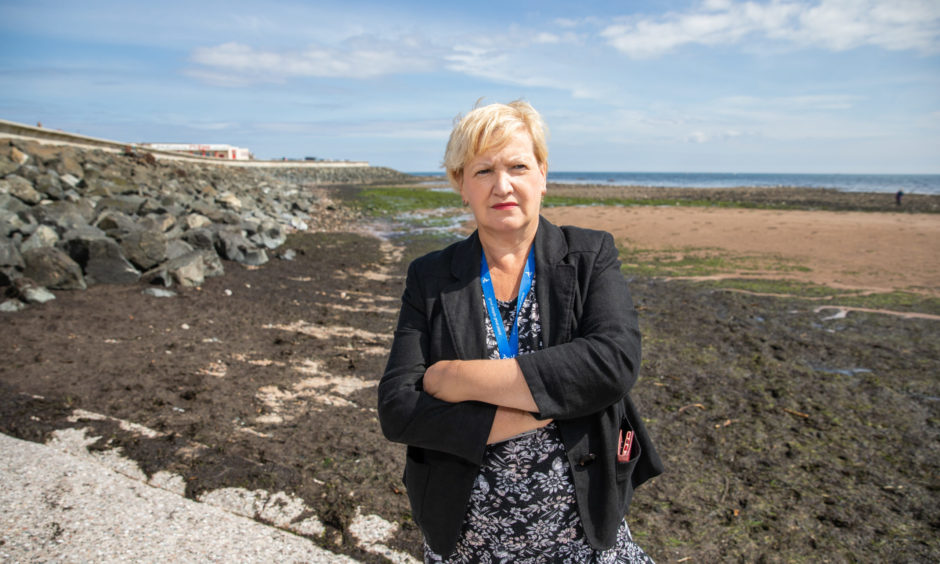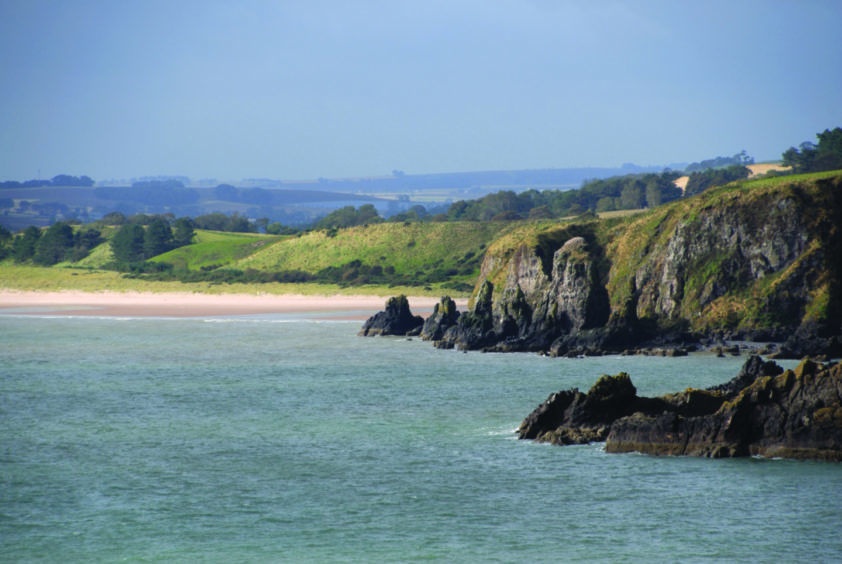As Lunan Bay locals call for a memorial to four young women who drowned at the Angus beauty spot, Gayle Ritchie looks back at the 1930 tragedy and the impact it had on the community.
In the late summer of 1930, a profound tragedy echoed throughout a tiny Angus community.
It was a hot day in August when six young friends headed to the beach to cool off.
Lunan Bay was one of their favourite spots – overlooked by the crumbling ruins of Red Castle, boasting glorious golden sands, and hugely popular with campers and picnic parties.
No thoughts of danger crossed their minds as they skipped down to the shore and stripped to their bathing costumes.
The friends were Eliza Hynd and Eliza Meikle, both 21 years old, Mary Young, 23, and Agnes Kydd, a 26-year-old assistant teacher at nearby Inverkeilor School.
They were accompanied by Marion Young and Ella Meikle, the younger sisters of Mary Young and Eliza Meikle.
What had started out as a fun-filled, happy day turned to disaster when the four eldest girls got into difficulty in the water and drowned.
Under the shadow of Red Castle
A report in the Arbroath Guide at the time stated that the place where the girls met their end was “under the shadow of Red Castle”.
“It was a short distance to the south of the point where Lunan Water enters the sea,” continued the report.
“Owing to the recent heavy rains, the River Lunan was in spate, and as the tidal water began to flow, the heavy volume of water from the Lunan added to the danger of the sandbanks, which abound in the locality, by creating treacherous channels and undercurrents at no great distance from the coast line.”
To the right of the point at which the girls entered the water were a row of stakes used in connection with salmon fishing nets.
Unfortunately the nets, which had formerly been regarded by bathers as safety barriers, had been removed from the stakes because they had been severely damaged by violent storms.
Treacherous undercurrent
The girls had met up at Inverkeilor at 3pm on August 30 and walked along the road to the bay to enjoy a swim.
This was not a novelty for Eliza Hynd, Eliza Meikle and Agnes Kydd, who had swum at the spot twice weekly over the summer.
However, the weather on that fateful day was said to be dull and the sea “not too inviting”.
The four older girls undressed and entered the water, followed shortly afterwards by Marion Young and Ella Meikle.
In order to reach the sea, the party had to cross a channel which took them on to a sandbank.
The report stated: “There was no depth of water when the girls crossed, and they were seen by their companions, whom they had left behind, to be disporting themselves in innocent amusement, and not even attempting to swim among the breakers playing over the sandbank.
“The water was comparatively shallow, but the tide was on the flow, and when the younger girls entered the channel which separated them from their companions on the sandbank, they discovered a greater depth of water than they had anticipated.”
Neither of the young girls could swim and they hadn’t gone very far when they realised the danger.
They experienced a treacherous undercurrent which threatened to sweep them off their feet, and found themselves sinking in the sand.
Fearing they would “go under”, they took each other by the hand and struggled back to the beach.
Warning cries
As soon as they emerged from the water, Marion and Ella shouted to warn their companions, who they saw dancing in a ring in the water about 40 yards away.
Whether their cries were not heard, or they were regarded as unduly apprehensive, there was no response.
Worried their older friends and relatives would get into difficulty, they scaled a grassy bank from which they hoped, by waving their hands, to attract their attention.
However, when they looked down, all four women had disappeared from sight.
Alarmed and distressed, Marion and Ella ran to the nearby fisherman’s hut, but there was nobody around to help.
The beach was deserted and the girls ran panic-stricken and shivering in their bathing costumes to the ploughman’s cottage near Red Castle, and the bungalow opposite.
The residents rushed down to the beach with the girls, passing the spot where the bathers’ clothes lay.
A cattle dealer from Forfar happened to be in the vicinity and got in touch with the police at Inverkeilor.
An officer arrived on the scene and, accompanied by locals, conducted a search of the bay.
Police assistance was called from Arbroath and Montrose lifeboat joined the search.
Finding no trace of the girls, it dawned on the community that a terrible tragedy had occurred.
Recovery of bodies
The worst fears were confirmed at 6.45pm when a “dark-looking object” was seen floating in the water about a mile and a half from the scene of the catastrophe, in the vicinity of what was known as the “Corbie”.
On being recovered, it was found to be the body of Eliza Hynd.
An hour later, the body of Eliza Meikle was washed ashore.
It wasn’t until 6am the following morning that Agnes Kydd’s body was washed up.
The search for Mary Young continued for days and a plane from Leuchars station was requisitioned to scan the waters of the bay.
Her body wasn’t found until September 10 – 10 days after the tragedy and after the funeral for her three friends. It was found near the site of the accident by a salmon fisherman.
The story goes that her body was rigid, her hand raised above her head as if trying to attract attention.
Inverkeilor Church Service
In St John’s Church in Inverkeilor, where Eliza Meikle and Agnes Kydd were members, the Rev CS Hendry made touching reference to the tragedy the following weekend.
He referred to “our own two dear girls” who were “taken away in the bloom of strength and happiness of their young lives”.
He added: “How dear they were to us all and how we loved them, and how eager they were to be at the services here.”
Community
All the victims were members of families well-known in the Inverkeilor and Arbroath districts.
Both Agnes Kydd and Eliza Meikle were part of the Girl Guide movement and were in charge of the Inverkeilor Brownies, Agnes being the Brown Owl and Eliza the Tawny Owl.
Earlier on in the ill-fated day, they had been at a Brownie exhibition.
And in the week prior, the two Elizas and Agnes had been stall-holders at a fete in Inverkeilor.
Eliza Hynd had lived at Hodgeton Farm where she was housekeeper to her brother.
Prior to that, she had studied domestic science at Atholl Crescent School in Edinburgh.
Mary Young had assisted her mother in domestic duties at Beechwood.
Agnes Kydd was a hugely popular assistant teacher at the Public School and trained school choirs for Dundee and Arbroath Music Festivals.
A village in mourning
Houses in Inverkeilor were shuttered and there was an air of quiet solemnity in the afflicted hamlet following the tragedy.
More than 500 mourners from across Angus flocked to the funeral and burial ceremony on September 2.
The three women were buried in the cemetery high above Inverkeilor.
“Across the fields of waving grain in the valley below, from which the sound of the reaper was heard in the solemn stillness, could be seen Red Castle, a landmark overshadowing the scene of tragic occurrence, and all around was beautiful with the glory of the golden harvest,” read the report.
Mary’s funeral was held at a later date.
Family tragedy
Margaret Hynd’s late husband’s aunt was Eliza Hynd – one of the four girls who drowned.
Margaret, who describes herself as a retired farmer’s wife, lived in Lunan Bay for 35 years but moved to Perth after her husband James died.
“The drowning of the four girls was a real family tragedy,” she said.
“One of the first things I was about told about when I joined the Hynd family was the loss of a much-loved sister.
“My parents-in-law always stressed to me to be careful – to never go down the river end when I took my own children to the beach.
“Eliza was living at Hodgeton Farm at the time, and my brother-in-law lives there now.
“It’s a very close-knit community and three of the girls were from farming families.”
Margaret said the tragedy was a “freak accident” which had left a “long-lasting” impact on communities in the area.
“It’s a story that has reverberated through the generations. It was a major tragedy that will never be forgotten.”
Memorial
Arbroath East and Lunan Conservative councillor Derek Wann supports the concept of a permanent memorial to the four girls who lost their lives.
He said: “Obviously this is a tragic story even 90 years on.
“I would love to see some kind of memorial to them in the vicinity.
“This may be something that the newly-formed Lunan residents association and Friends of Lunan group could look into.”
Councillor Wann pledged to raise the issue with members at their next meeting.
Meanwhile, Arbroath East and Lunan SNP councillor Brenda Durno suggested placing a plaque at the site of the tragedy.
“I lived at Lunan bay as a child and I remember a salmon fisher telling me a story about people dying in part of the river,” she said.
“I have never swum in the sea, but I have always been wary when my grandsons and dogs went in the water there.
“They used to say it’s where the Lunan River meets the sea and the undercurrents swirl under you.
“This is a really sad story and I’m sure we could place a plaque or similar to remember the girls and warn others of the dangers.”
Warning
The RNLI, the charity that saves lives at sea, is stressing the importance of being aware of the potential dangers of taking a dip in the sea at this time of year.
The charity’s Head of Water Safety Gareth Morrison said: “There are well-documented physical and mental health benefits of swimming in the sea, but it can also be very dangerous if you are unaware or under-prepared.
“Our volunteer lifeboat crews have dealt with a relatively high number of incidents since the end of the summer involving swimmers and dippers, so we are asking everyone to be aware of what they can do to keep themselves and others safe, and to respect the water.
“There are a number of things to help ensure you have an enjoyable and safe time in the water such as not swimming alone, staying in your depth and knowing how to warm up properly afterwards, which sounds obvious but is crucial to avoid any delayed effects of the cold.
“We would also always recommend checking with your doctor before trying it for the first time, especially if you have underlying health issues.
“If in any doubt, stay out of the water. If you or anyone else does get into trouble in or on the water please call 999 or 112 immediately and ask for the Coastguard.”
The charity has released a safety video for anyone considering a winter dip. rnli.org
